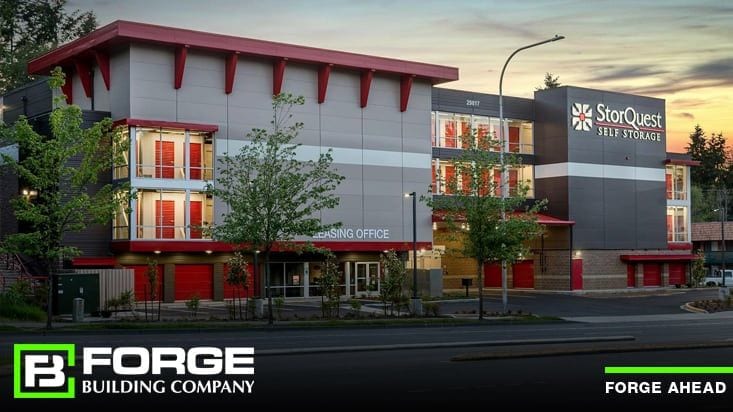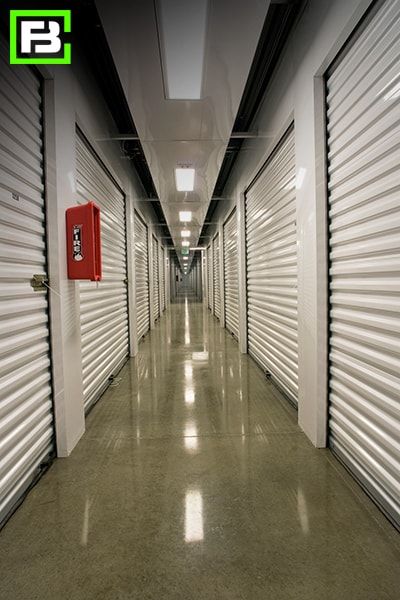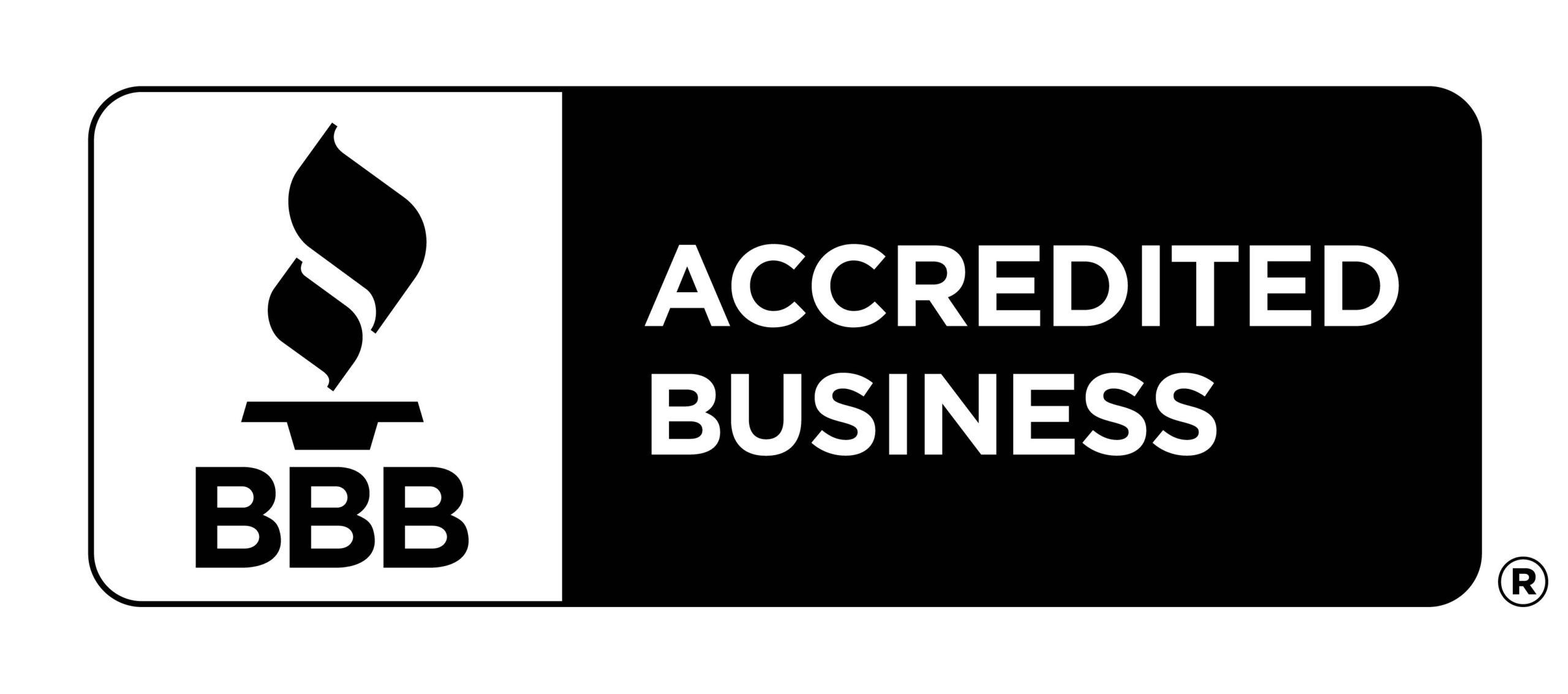
Very few places in the country are fortunate enough to avoid the frigid temperatures of winter every year. If you think it's cold outside, just imagine what it would be like in a storage unit. The freezing temperatures throughout the northern portion of the United States are cold enough to damage many belongings that are typically placed in storage. However, you can avoid damage caused by freezing temperatures by renting a climate controlled self storage unit, especially if you live in a region that experiences harsh winters.
Cold temperatures can be just as damaging to your belongings as to your body. Prolonged exposure to freezing temperatures can severely damage belongings commonly stored in a storage unit. Items to be especially cautious with include:
 Electronics
ElectronicsFluctuating temperatures can create condensation inside electronics, causing irreparable damage. Likewise, anything with liquid already can crack due to expansion from freezing. This is especially true of battery cells, including those for cars, mowers, and other small engines, which can crack when frozen.
A temperature-controlled self-storage facility is both heated and cooled. Its purpose is to provide an environment suitable for preserving stored goods, so the temperature range will typically be higher or lower than what you would find in a home or office—usually heated to 55 degrees and cooled to 85.
While it’s commonly referred to as “climate-controlled” storage, the term “temperature-controlled” should be used unless the building also has a system to regulate humidity. Claiming to be climate-controlled while failing to address humidity might leave you open to legal trouble if the dampness damages a customer’s items. With today’s more efficient building insulation, it’s more important than ever to work with a reputable storage unit contractor to install a system that not only heats and cools but also monitors and removes humidity.
Let’s look at common uses, the benefits of temperature or climate control for self-storage facility owners and tenants, and some of the more critical design considerations.
The typical customer who wants to rent climate-controlled storage has previously rented traditional storage with bad results and now wants to protect his or her belongings better.
Many people store unused items during the colder months of the year. Just as people store cold-weather items during the summer, you’ll often see people putting away summer belongings when the temperature drops. Storing seasonal items is an easy way to save space in your home. Here are a few seasonal belongings commonly stored during the winter.
Summer clothing – In a small living space, putting out-of-season clothing in a storage unit can make a big difference.
Another reason many people use storage during the winter is if they’re moving to a new home or apartment. While spring and summer are busier for real estate, people move year-round for various reasons. When moving, a storage unit can give you a place to store belongings between homes, making the entire process much more manageable.
Climate controlled self storage buildings offer several benefits for storage unit owners. First, you get increased land coverage. Compared to drive-up buildings, typically 30 to 40 feet wide, climate-controlled buildings can be up to 200 feet or more. This width reduces the amount of pavement necessary on the property and increases the amount of rentable space. The interior hallways are usually 5 feet wide and occupy only 15 to 20 percent of the space. This increased coverage can make it possible to develop on more expensive land in a better location than could be justified with traditional storage only.
Climate control can also serve as a market differentiator. Self-storage has penetrated just about every community in the country. Working with a quality self-storage contractor to incorporate climate control can set your site apart. So, while building and operating climate-controlled storage costs are higher, the increased rental rates are also significantly higher in most markets. These units usually rent for a 15 percent to 35 percent premium compared to standard units.
 When it comes to the design of your temperature- or climate-controlled self-storage buildings, here are some common items to consider.
When it comes to the design of your temperature- or climate-controlled self-storage buildings, here are some common items to consider.
Costs. It’s common for commercial steel building developers to phase a project, but when planning a site with climate control, consider how the design will impact construction costs. The most cost-effective building is a large, wide structure.
Full vs. partial control. Some buildings are designed with both exterior-access ambient-temperature units and interior-access temperature-controlled units. While these projects allow for various unit types in a single structure, their popularity is declining. One reason is that the weather can create challenges when you build in a northern climate. Snow and ice will melt faster over the heated portions of a building, and if the runoff travels over a non-heated portion, ice dams may result.
Another reason is that stricter energy codes specify an insulated barrier between the foundations of climate-controlled and non-climate-controlled portions of a building. With the cost and complexity this adds to a project, it’s more cost-effective to design entirely climate-controlled buildings.
Unit access. Climate-controlled buildings are usually built with interior unit access via hallways, but more commercial steel building developers are building climate-controlled units with exterior access. These units should be equipped with insulated sectional doors (typically R-19 insulating value) rather than traditional roll-up doors. They should also be priced at a premium, as customers are willing to pay for the convenience of direct access.
Unit size. Interior-access buildings won’t contain units as large as those used for drive-up storage. The largest unit size in these buildings is typically 10-by-20.
Insulation. How much insulation do you need, and what kind will vary based on local building codes, weather conditions, and owner preferences? Projects can be built with spray-in foam, fiberglass bats, insulated panels or combinations. While building a project with a higher R-value will cost more, it pays benefits in two ways – your operating costs will be lower, contributing to a higher property value when it’s time to sell.
Roof pitch. You can choose from a variety of roof pitches for climate-controlled buildings. Roofs can be designed to allow room for the desired insulation thickness (R-value) directly under the panels. Or, on higher-pitched buildings, the insulation may be placed directly over the heated/cooled space ceiling, as you would find in a home, with insulation on the attic floor rather than under the rooftop.
Condenser location. Climate-control buildings commonly have recessed entries, which provide a staging area out of the weather and a place for the condenser unit. However, there are some options for putting the condenser unit outdoors. This may be the best option if there’s a place where it won't be vulnerable to client vehicles. Rooftop placement isn’t preferred due to the potential for creating leaks when penetrating the roof and possible damage from installers walking on the roof.
HVAC equipment. Your HVAC installer will guide you in choosing the equipment you need. However, HVAC equipment should be undersized for the space. It’ll run more often but consume less energy. In the summer, the result will be that the smaller HVAC system will circulate more air and do a better job removing humidity than a more robust system that runs for shorter intervals.
Most self-storage industry units across the U.S. are still the standard drive-up building; however, more sites are starting to include climate control. In some markets, many storage sites consist entirely of climate-controlled units. They can be an excellent addition to your storage development in the right market. Using insulation and central heating, a climate-controlled unit will protect your customer’s belongings in even the harshest winters.
